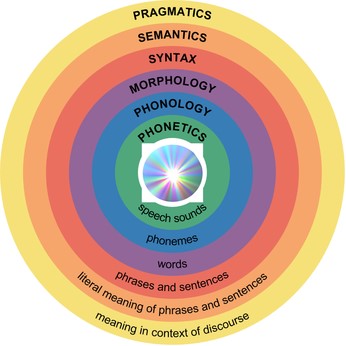Tip 3 for language learners and a BUT … (text)

Now that you’ve seen how important daily practice in a context can be (Tip 1) and the idea of making connections to other languages (Tip 2), now let’s look at how I discovered specific aspects, namely sound.
Since I had a grasp on the fundamentals of Portuguese grammar, thanks to Spanish, I concentrated on learning the sounds: phonetics. Why? I once heard an American man give a lecture in Portuguese. His grammar was phenomenal. He used conditional sentences, subjunctives, inversions, and the likes, with such flair that you would swear he was a Brazilian. However, his pronunciation was so atrocious that it encouraged me to concentrate on sounding less like a foreigner.
Tip number 3: try to look at the different aspects of language rather than just one (just grammar, for example). By finding the aspect of the language that you most identify with, you may find a pathway to learning that is less of a struggle. Some learn by focusing on learning new words; other by focusing on writing skills; and yet others may need to know deeper information about what they are learning, such as the origin of words, syntactical differences to their mother tongue etc., BUT there is no formula; you need to find your way.
For some, this can take some time. I recommend you speak to a professional who can help you discover what works best for you.
While I was studying the sounds, of course I continued to learn grammar and vocabulary, besides still going out to bars with friends and meeting people. So, my practice was still constant, and my phonetics and grammar were on their way. What next? My vocabulary grew every day, but there was a moment when my vocabulary building seemed to plateau. I didn’t feel like I was expanding my stock of words. I was always using the same ones, not really increasing with the speed I had in the initial learning curve. Read my Tip 4 for help on how to expand your vocabulary in a language you are learning.